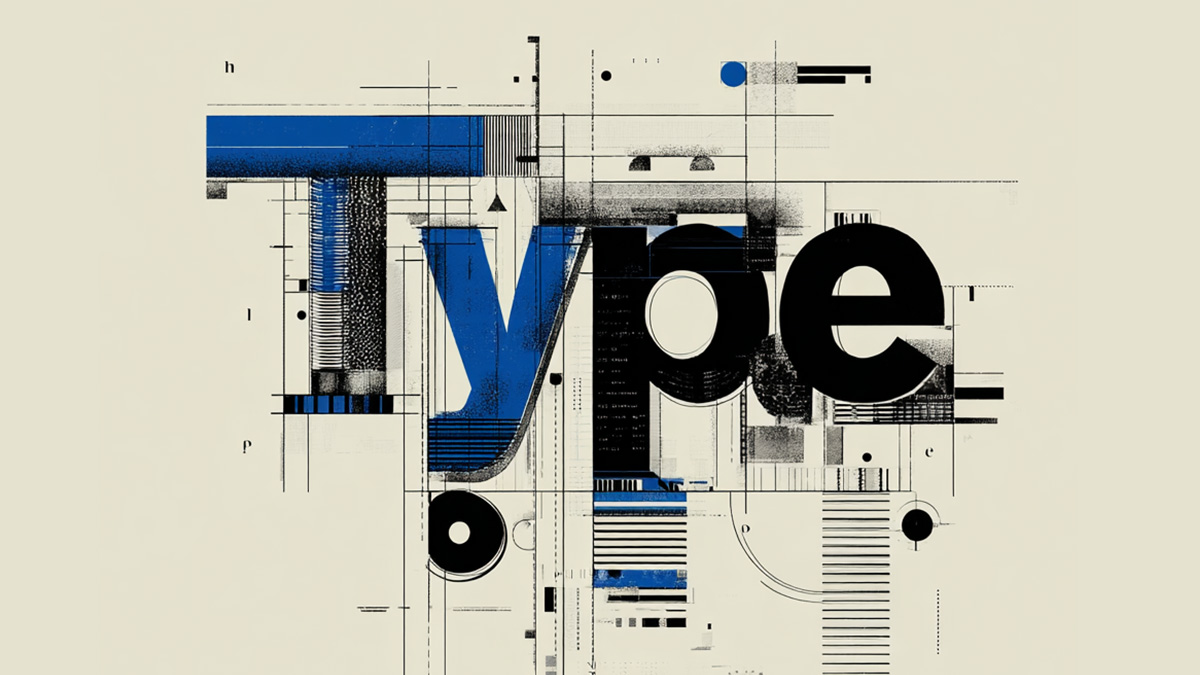Unlock design flexibility with one font file
If you’re still juggling multiple font files for a single typeface family, you’re missing out. Variable fonts flex with your needs—letting you tweak weight, width, slant, and more using one streamlined file. That means better performance, cleaner workflows, and more creative control in 2025.
The TL;DR
Variable fonts let you adjust a wide range of styles—weight, width, italics, optical sizes—from a single font file. They reduce HTTP requests, boost performance, and give you granular design control.
How do variable fonts actually work?
Think of a variable font as a multidimensional axis system. Instead of separate files like Light, Regular, Bold, variations are interpolated along axes such as weight (100–900), width (Condensed ⇄ Expanded), slant (Roman ⇄ Italic), or optical size (caption ⇄ display). CSS handles the interpolation:
font-family: 'MyVariable';
font-variation-settings:
'wght' 600,
'wdth' 75,
'ital' 0;
This setup gives you infinite stylistic flexibility without extra files.
Why they matter now more than ever
- Performance savings: One file versus multiple reduces load time and HTTP requests—crucial in a mobile-first world.
- Responsive typography: Dynamically adjust weight or width based on screen size via CSS variables and media queries.
- Design expressiveness: Fine-tune typography with precision—not just “Bold” or “Light.”
- Accessibility benefits: Optimize for legibility and readability in context (optical size axis adapts for small text).
How to integrate them into your workflow
Step 1: Choose a variable-ready typeface—Google Fonts offers dozens like Roboto Flex, Inter, and Recursive.
Step 2: Use font-variation-settings or more readable CSS properties like font-weight, font-stretch, font-style, and font-optical-sizing.
Step 3: Pair with fallback fonts or default static weights during dev/testing.
Step 4: Test across browsers—most modern ones support variable fonts fully, though older browsers may need fallbacks.
Where they shine in real-world projects
- Responsive sites: Sensitive weight adjustments at breakpoints—for example, lighter on mobile, bolder on desktop.
- Brand systems: Maintain visual consistency using axis values instead of separate font files.
- Creative typographic exploration: Animated variable fonts that morph dynamically across axes.
Tools That Can Help
What you’ll want to use:
- Google Fonts – Browse and embed variable fonts like Inter, Roboto Flex, and Recursive.
- VF-Playground – Live-adjust axes and export CSS code.
- Axis Praxis – Interactive demos to test variable font features.
- VariFonts – A curated list of variable font projects and use cases.
Pro Tip: Go beyond weight
Designers often just animate weight. Try width or optical size for standout typographic moments—or responsive reading support. Even subtle shifts can elevate your experience.
FAQs
Do all browsers support variable fonts?
Almost all modern browsers do—including Chrome, Firefox, Safari, and Edge. For older browsers, supply a static fallback.
Are variable fonts SEO‑ or accessibility‑friendly?
Yes—because they render as standard text. Performance gains can indirectly help SEO, and optical-size axes improve readability for assistive users.
Do I need to learn complex CSS?
Not really. Basic use—via font-weight, font-stretch, and font-style—works well, and specialized tools can auto-generate settings.
Glossary
- Variable font – A font file that supports multiple design variations (e.g., weight, width, slant) along continuous axes.
- Font axis – A continuous parameter (like weight or width) that variable fonts can adjust.
- Optical size – An axis designed to optimize legibility at different point sizes (caption vs. display).


